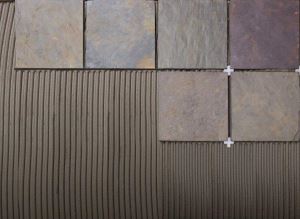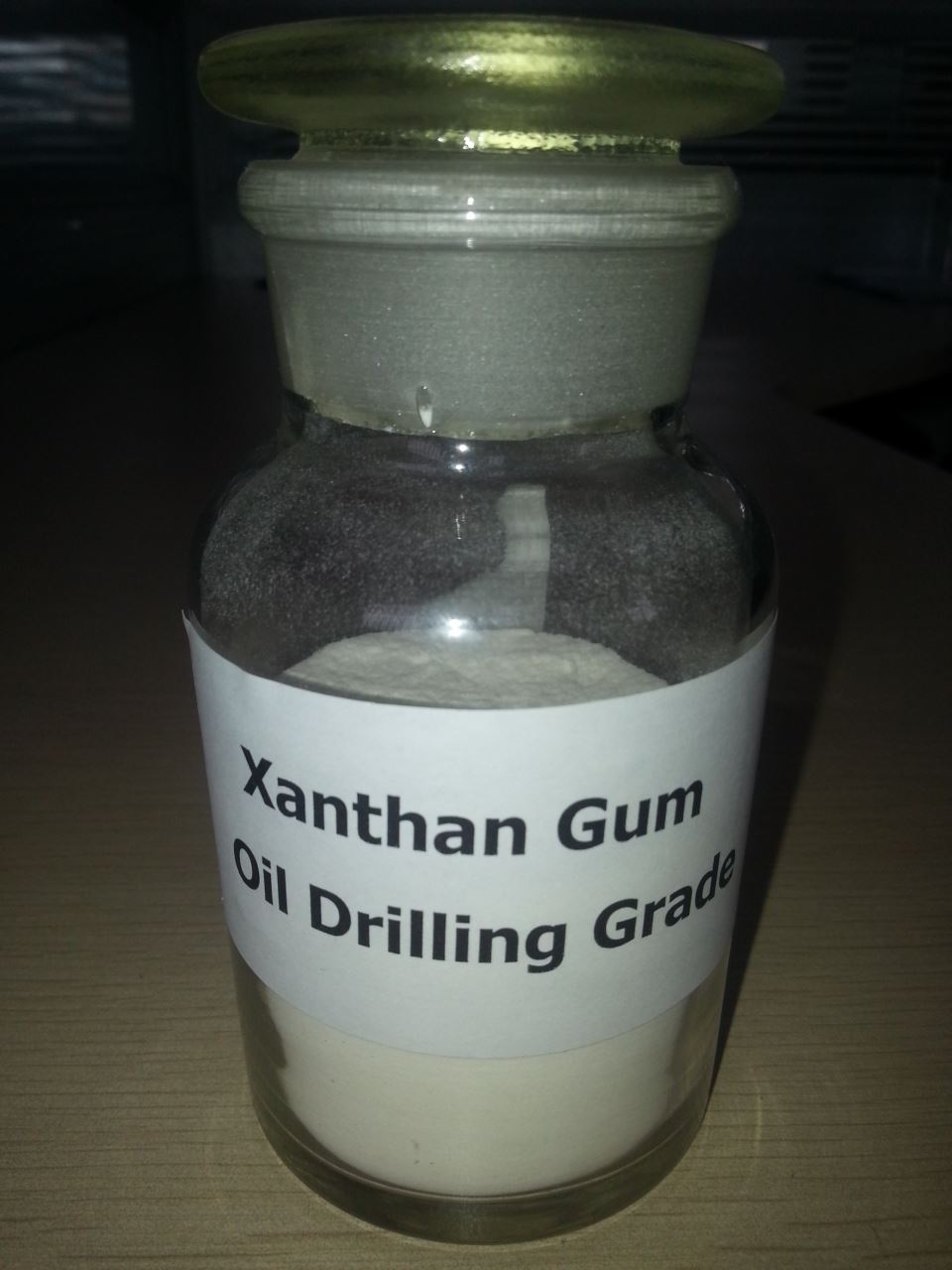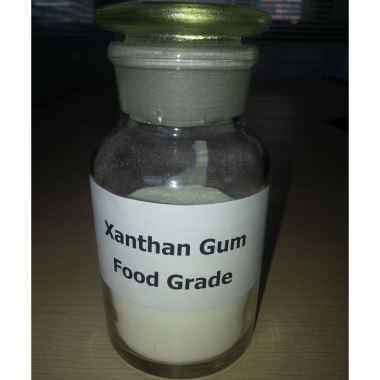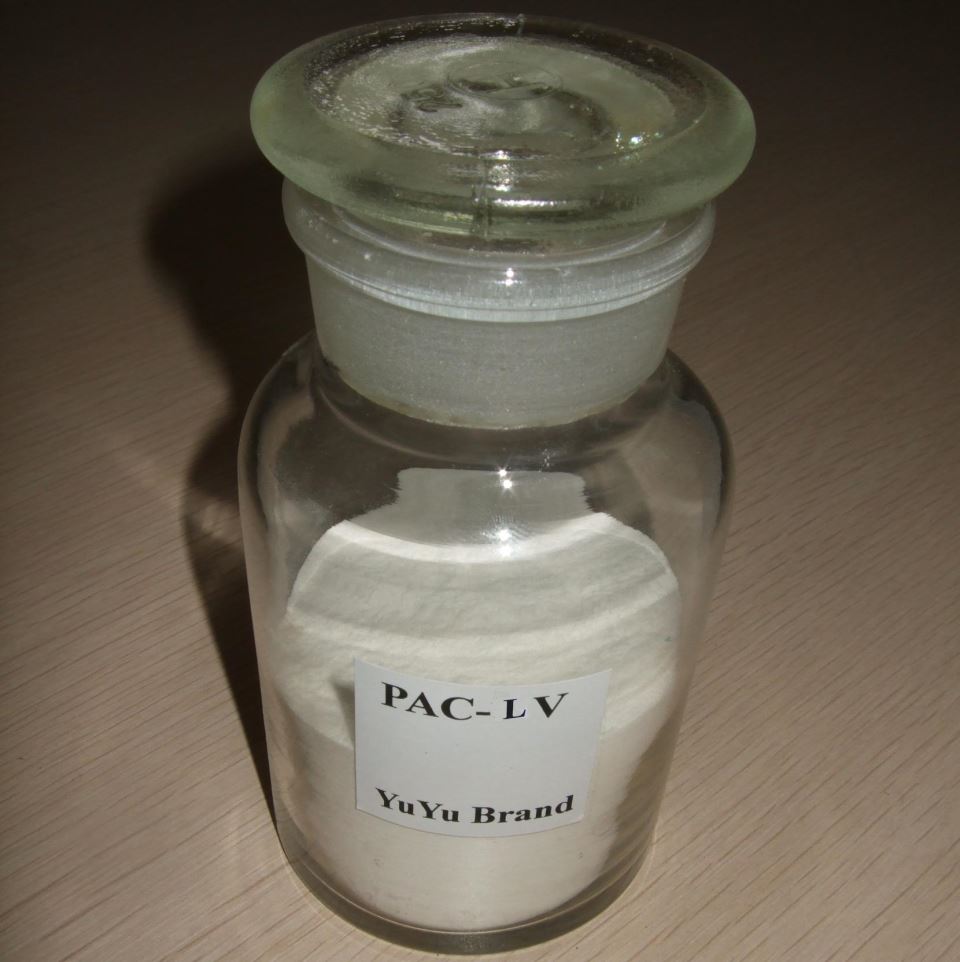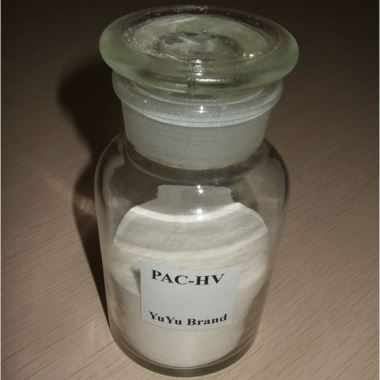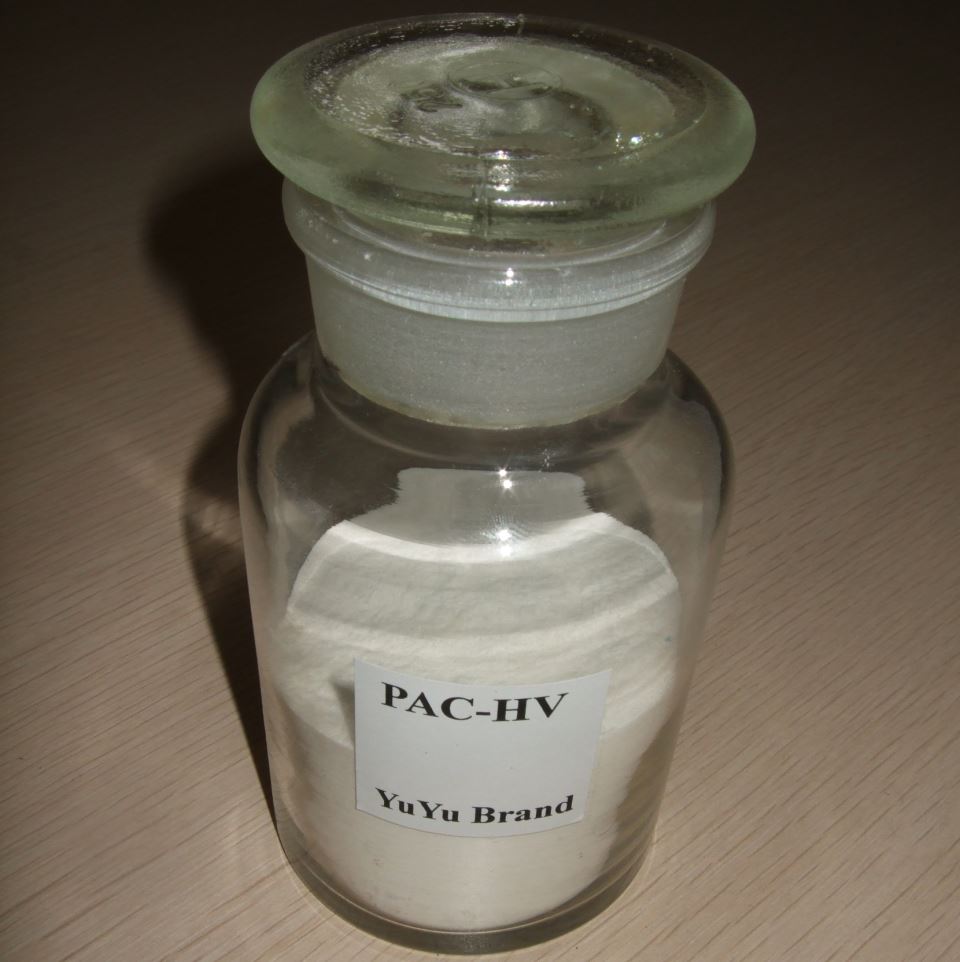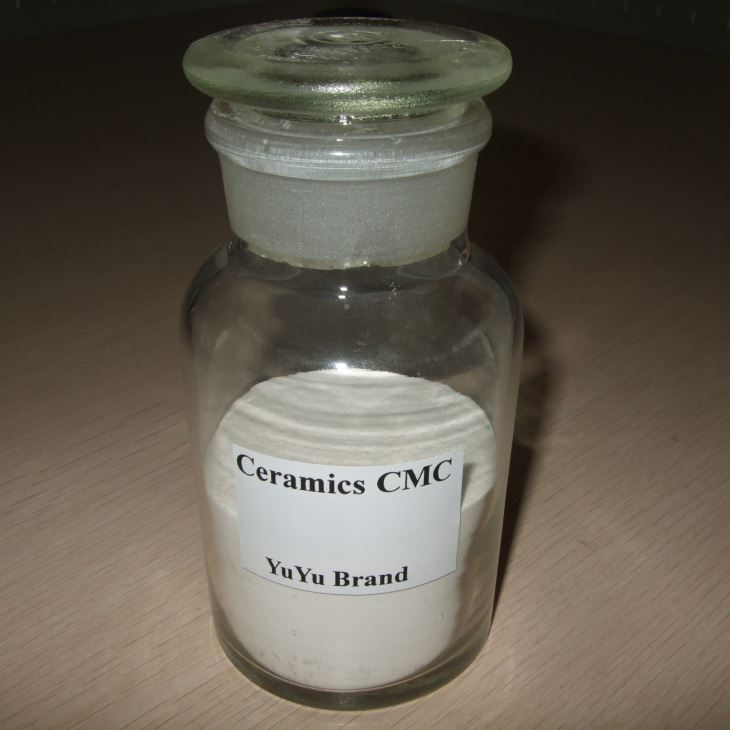


Ceramic Grade CMC
-
Payment


-
Origin
China Mainland
-
Minimum Order
15
-
Packing
Pieces
- Contact Now Start Order
- Description
Product Detail
Types
Specification C1 C2 C3 C11 C12 C13
Appearance White or Yellowish Powder
D.S =0.9
Viscosity (mPa.s) 10-50 50-100 100-300 300-800 800-1200 =1200
1% and 2% solution testing
PH (25°C) 6.5-8.5
Moisture(%) =7.0
Purity(%) =98.5
Particle size (Sieving) Not less than 98% ( pass through 80 mesh )
1. Sodium Carboxymethyl Cellulose(CMC) for Ceramic/Porcelain Industry
Sodium Carboxymethyl Cellulose is widely used in ceramic industry.
Sodium Carboxymethyl Cellulose can be used as excipient and intensifier of the blank in ceramic industry, Sodium Carboxymethyl Cellulose can enhance the blank, a breakage rate if producer added suitable quantity of into the blank. In ceramic material, CMC can improve the glaze slurry, a flow and increase the smoothness and improve the quality of glazed surface.
Our brand “YUYU” CMC is taken as blank adhesive, plasticizer, glaze suspending agent and color fixing agent in porcelain/ceramic industry. Adding CMC to blanks will enhance blank adhesiveness (making it easily formed), have no residue, improve mechanical strength and reduce blank breaking rate. Adding CMC to glaze will enhance the binding of blanks and glaze, promoting glaze dispersion. 
2. Commodity Name: Sodium Carboxymethyl cellulose
CAS No.: ?9004-32-4?
E No.: ?E466?
Molecular formula :[C6H7O2(OH)2OCH2COONa]n
Synonyms: Carboxymethyl Cellulose, Carboxy Methyl Cellulose, CMC, Sodium CMC, Na-CMC
HS Code: 39123100
3. Description
Sodium Carboxymethyl Cellulose is a cellulose derivative with carboxymethyl groups bound to some of the hydroxyl groups of the glucopyranose monomers that make up the cellulose backbone. It is often used as its sodium salt, sodium carboxymethyl cellulose.
4. Specifications
Ceramic Grade CMC
5. Properties
A.CMC for ceramics features uniform distribution of substituents (carboxymethyl group) on the cellulose backbone. It produces fewer gel granules in glaze formulation.
Types
| C1 | C2 | C3 | C11 | C12 | C13 |
Appearance | White or Yellowish Powder | |||||
D.S | =0.9 | |||||
Viscosity (mPa.s) | 10-50 | 50-100 | 100-300 | 300-800 | 800-1200 | =1200 |
1% and 2% solution testing | ||||||
PH (25°C) | 6.5-8.5 | |||||
Moisture(%) | =7.0 | |||||
Purity(%) | =98.5 | |||||
Particle size (Sieving) | Not less than 98% ( pass through 80 mesh ) | |||||
B. It contains no colored impurity and is 100% combustible under firing condition, to ensure clean ceramic glaze.
C. It can stabilize physical and chemical property of glaze formulation.
D. It can improve glaze adhesion and reduce glaze cracking.
E. It facilitates formation of a smooth dense glaze layer.
F. It can improve the rheological property of glaze formulation.
G. The glaze viscosity is proportional to the concentration of CMC added.
6. Package
Packing:25kg kraft paper bag, or other packing as clients request.
7. Storage
A.Store in a cool, dry, clean, ventilated environment.
B. Since the date of production, a preservation period should not exceed 4 years for the industrial product and 2 year for the product for pharmaceutical and food grade.
B. The products should be prevented from water and package bag damaging during transportation.
We can produce ceramic grade Sodium Carboxymethyl Cellulose with high purity, very high viscosity according to the customer’s requirements
- Sodium Carboxymethyl Cellulose(CMC) For Food Grade 1 Pieces / (Min. Order)
- CMC Food Grade (FH3000) Carboxymethyl Cellulose 1 Pieces / (Min. Order)
- 8000cps High Viscosity Carboxymethyl Cellulose 50 Pieces / (Min. Order)
- Other Grade CMC 15 Pieces / (Min. Order)
- Detergent Grade CMC 15 Pieces / (Min. Order)
- Toothpaste Grade CMC 15 Pieces / (Min. Order)
- Mineral Processing Grade CMC 15 Pieces / (Min. Order)
- Paper-making Grade CMC 15 Pieces / (Min. Order)
- Pharmaceutical Grade CMC 15 Pieces / (Min. Order)
- Battery Grade CMC 15 Pieces / (Min. Order)
- Painting Grade CMC 15 Pieces / (Min. Order)
- Textile Printing Grade CMC 15 Pieces / (Min. Order)
- Oil Drilling Grade CMC 15 Pieces / (Min. Order)
- Food Grade CMC 15 Pieces / (Min. Order)
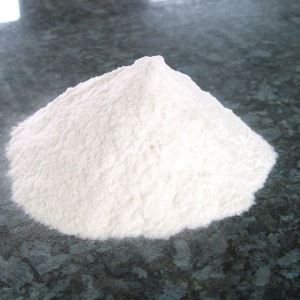
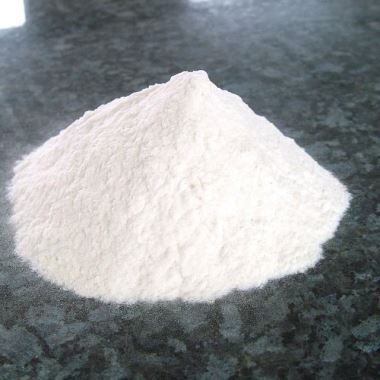
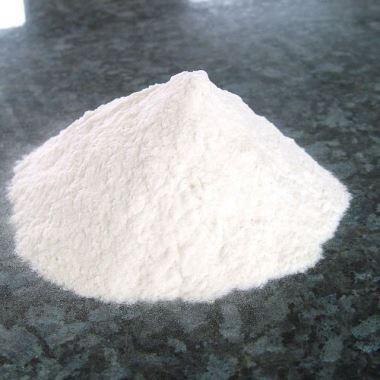
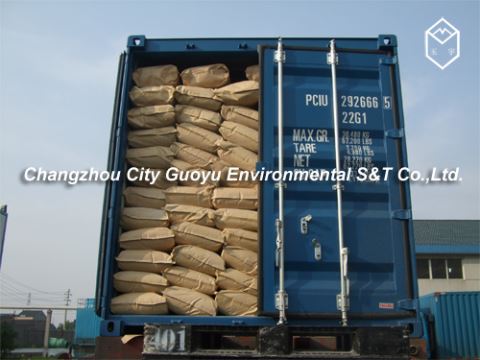
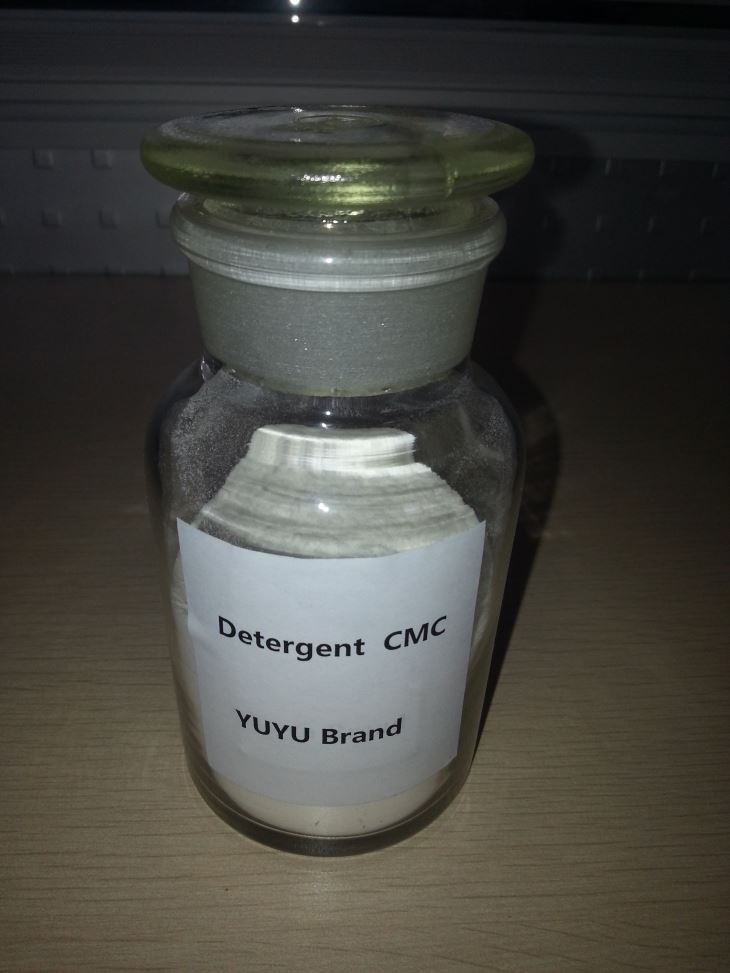
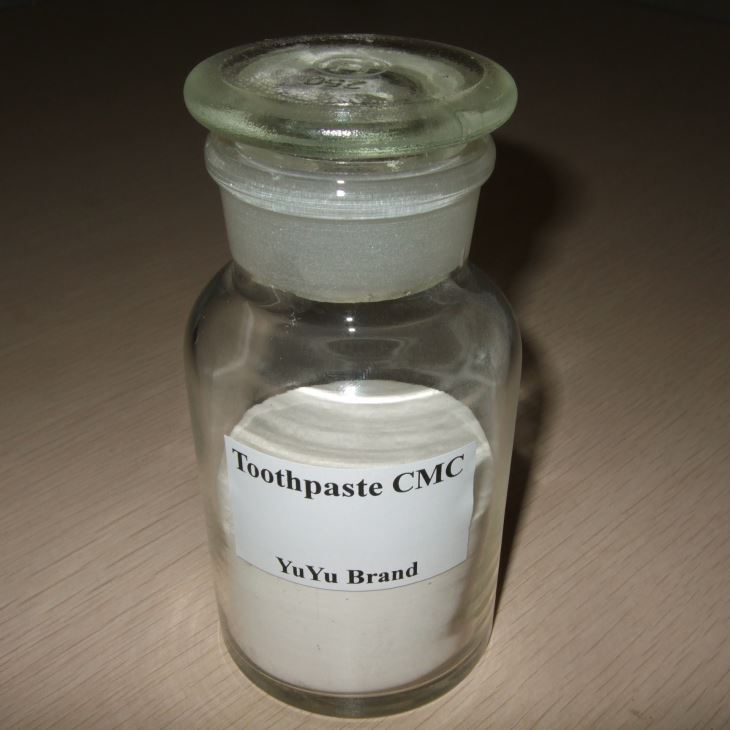
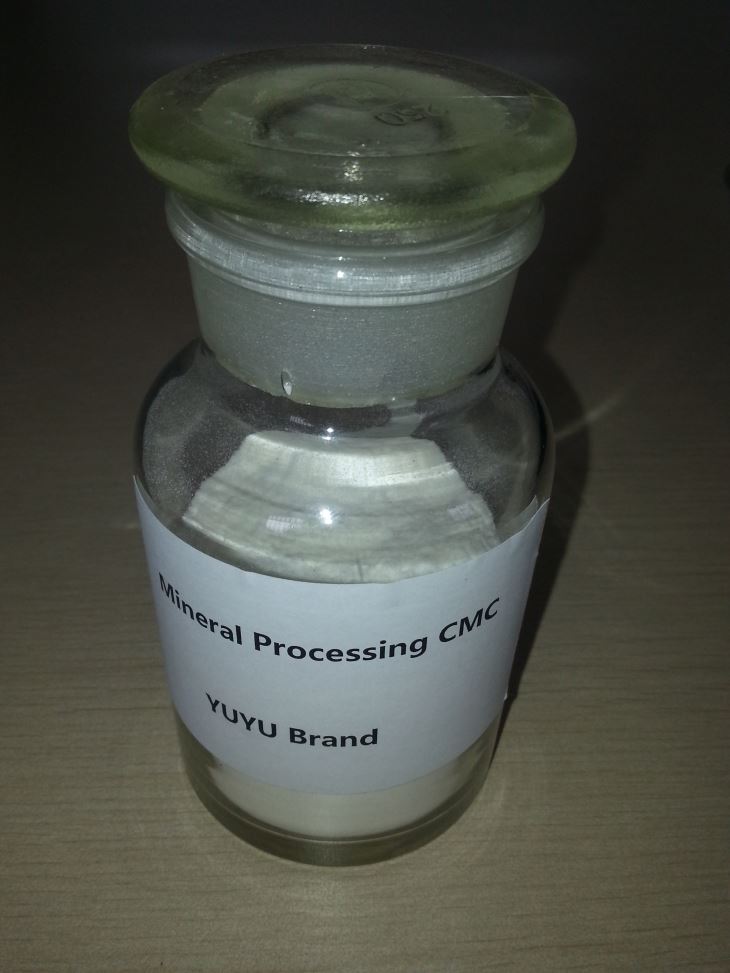
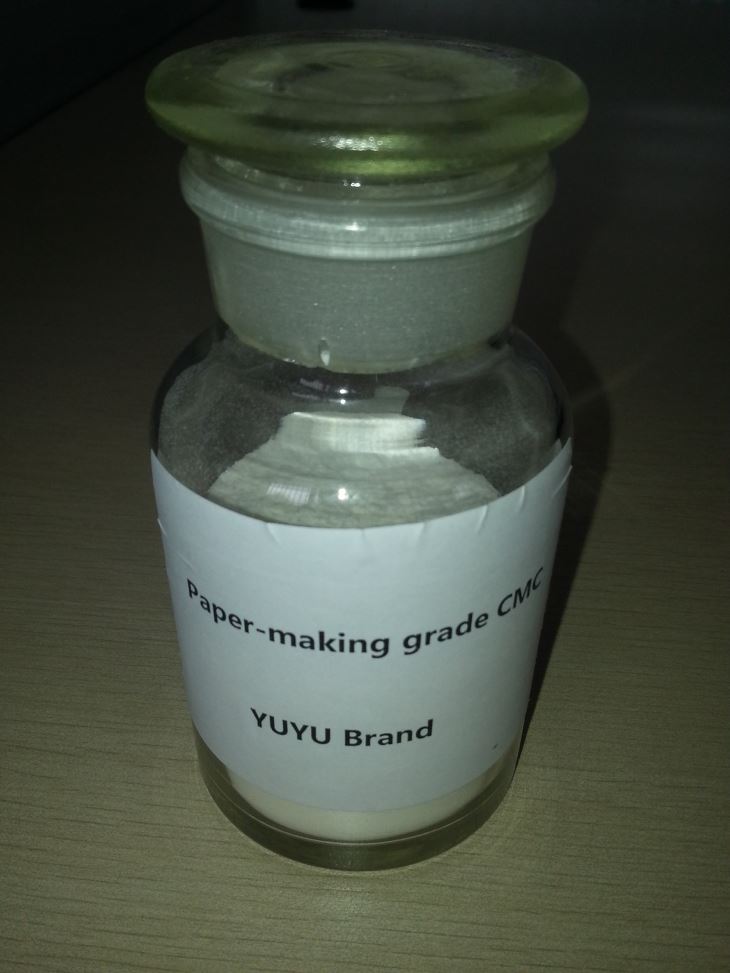
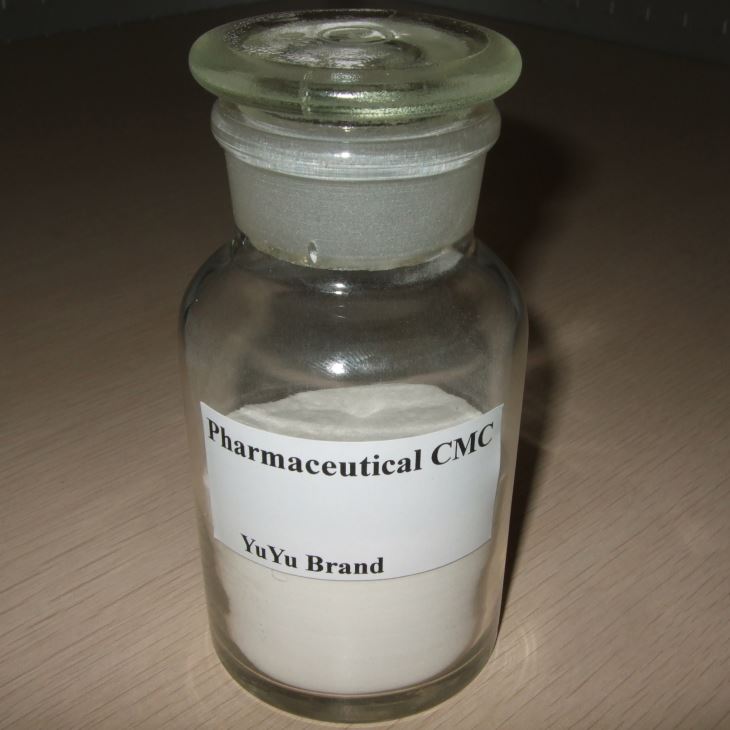


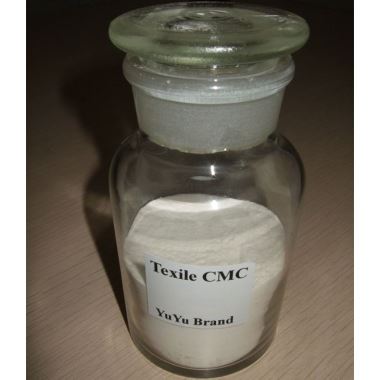
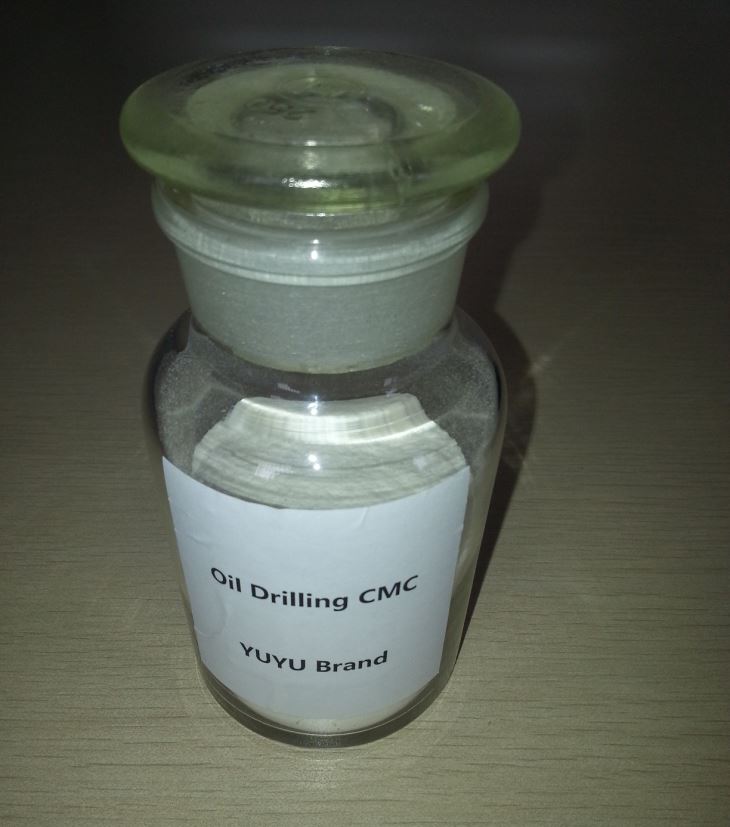
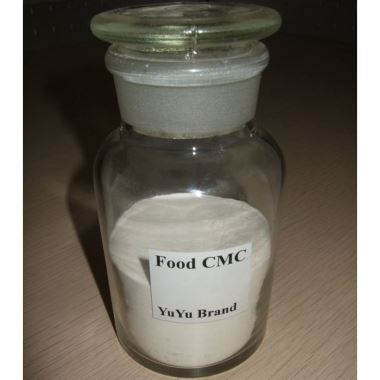
 Favorites
Favorites

